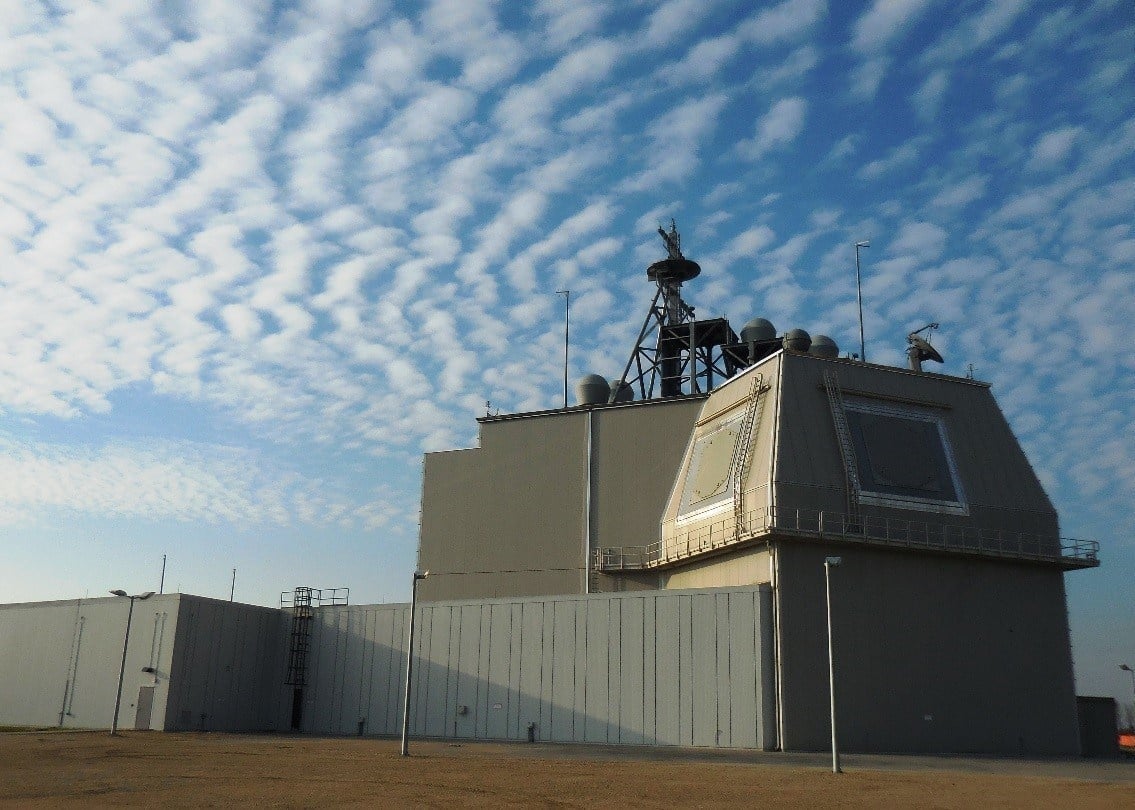
The Missile Defense Agency’s missions are growing despite lower budgets and less flexibility in spending, a new report on challenges for the next administration outlines.
“We all knew how that happened,” MDA deputy director Army Maj. Gen. Ole Knudson said Friday, referring to the spending caps first put in place in the 2011 Budget Control Act. That has led to a trend in sacrificing research and development dollars to fund acquisition and sustainment, a tactic that has helped keep programs like the Aegis Ashore deployments to Romania and Poland and continued missile defense work with Israel going over the last few years.
Speaking at the Center for Strategic and International Studies, Knudson said that “at the end of the day, it does come down to money.”
The report offers three courses of action for the future: Accept the trend of declining spending on research and development and become a combat support agency or command; “go back to basics” in becoming ”a kind of DARPA [Defense Advanced Research Projects Agency] of missile defense;” or muddling through the way they have the past few years.
In the panel discussion that followed, the consensus was that melding the first two courses of action may be the best solution, even if the agency’s top line remained capped.
Thomas Karako, a senior fellow at CSIS and one of the report’s authors, said, “MDA has gone from infancy to adolescence” in the years since its founding in 2002, but now because of the declining budget and shifts in categories of spending, it “is not doing as much new stuff” such as investing in directed energy or new kill vehicles. Its research and development budget has dropped from $450 million in Fiscal Year 2007 to $150 million in the current budget request.
When the agency was created, the goal was to have its budget set at a steady $10 billion a year, but that figure didn’t hold. The budget requested for the upcoming Fiscal Year 2017 is about $7.5 billion a year, former MDA director and retired Air Force Lt. Gen. Trey Obering said during the discussion on the report.
In practical terms, he said that means the agency “is still transitioning” from being a research and development organization to one responsible for operations and maintenance costs, saddled by restrictions on how money can be moved around within the MDA budget.
The special authorities granted the agency, for example, allowed it in 2004 “to get things in the ground quickly” like the Ground-Based Interceptors at Fort Greely, Alaska, and developing new ways to counter advances North Korea and Iran were making in long-range missile technology, Karako added.
“At the time, we had no defense against what was emerging from these countries,” Obering said.
But once those solutions were developed and fielded, they required operations and maintenance funding, which MDA has struggled to fund. One idea that has been floated is to make the services pay the O&M costs for things like Aegis Ashore and Terminal High Altitude Area Defense [THAAD], though Knudson said transferring that fiscal responsibility could take up to seven years. He added that MDA is in discussion with the Army and Navy about how such a transfer could take place.
Obering cautioned that if that move were made, “the services could apply [those O&M funds] to a different mission area.”
“I don’t think we can muddle through,” Obering said. He called for a return to the $10 billion annual budget and special authorities to move projects along quickly to meet combatant commanders’ requests.
“Nothing here says we should be doing less” in defending the homeland, allies and partners, Karako said about the report. “These trades [between R&D and supporting existing programs of record] are being made on Capitol Hill.”





